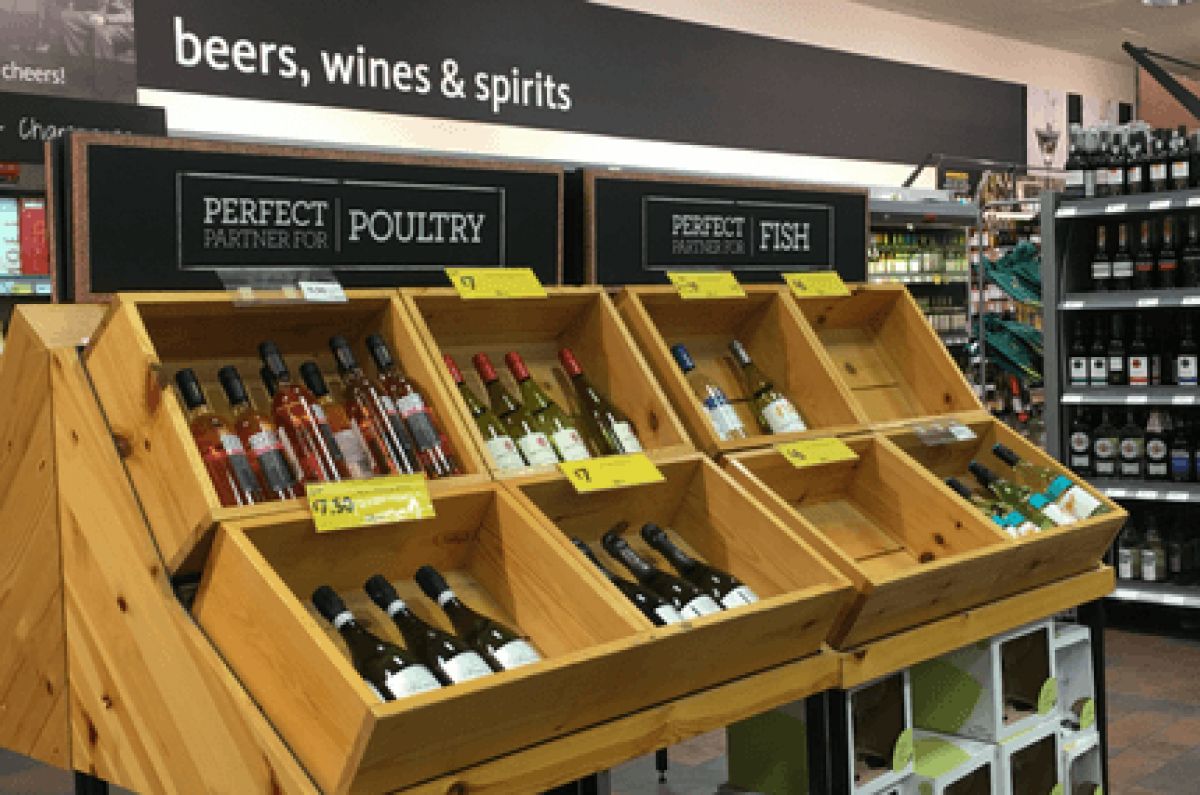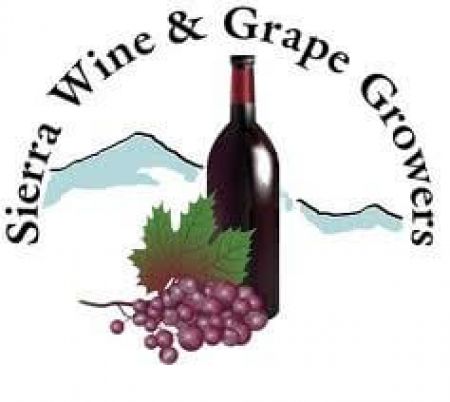Sommeliers Choice Awards 2024 Winners
How to Position Your Products for Success?
Here are some tips for you to position your products in the best possible way and some insights on how it will work well for your accounts and for you.

Every sales rep knows that you need to do more than throw a bunch of samples in your rolling bag and head out the door. If your best friend asked you to set them up on a blind date, you wouldn’t pick a name out of a hat. You’d get good information about the prospective other person your friend would date and ascertain common interests, hobbies, and activities they prefer. Some preparation will help you arrange a date with a good chance for success. It’s the same process for the products you represent. Position them in the best possible way and they’ll work well for your accounts and for you.
Due Diligence and Homework
Become a “frequent customer” at your restaurant and retail accounts. Check the wine lists, menus, BTG (by the glass) offerings and what’s on the shelves. You should do this for your accounts and for accounts you’re pursuing. What are the other bottle choices on the list at that Italian restaurant you just started selling to? The retailer you’ve had forever, the one near the train station, they just added a Malbec to their South America section. Whose portfolios is it with and how does it compare to the one you’re selling re-taste, quality level, value, and price?
Carefully Check Category and Price
Whenever you think or talk about the bottles in your bag, make sure that you’re proverbially comparing apples to apples. Mass produced, big brand tequila is nothing like small-batch, artisanal mescal. One is fine for mixing cocktails, the other for sipping “neat,” on its own. The customers and intended use may be different, but don’t assume this is always the case. Even within major categories that have become brands themselves (Sancerre, Pinot Grigio, Chianti Classico, Malbec, California Cabernet), there is a wide range of product, quality level, and price. Distributors and importers often have marketing and POS material that clearly state the competitive set(s) for your products. Brand managers sometimes get this wrong. Check their work, because, in the end, it’s on you. Ask your restaurant and retail buyers about developing trends or changes in buying patterns. Better still, talk to their customers and take notes. The success of your business must be rooted in reality, not perception.
Choose Battles You Can Win
Be careful if you go against big brands, especially in categories that have become brands themselves, like Provence rosé, Sancerre, Pinot Grigio, Chianti Classico, Malbec, and California Cabernet. You’ll be competing with large national importers with huge marketing budgets. Big brand bottles in these categories are sharply priced. If you decide to fight this battle, your products must have exceptional quality, killer price, and a great story. If your products meet these requirements, you’ll be attempting to stop the momentum of big brands already in the market with placements. This will take much time and effort. An alternate approach is to choose products with a similar style. Instead of scrambling to sell another Pinot Grigio, focus on other dry Italian whites like Soave, Fiano, Greco, Falanghina or Ribolla Gialla. For these excellent value wines, there are restaurant and retail accounts willing to buy them.
Bring the Right Bottle to the Right Account
Whether it’s a “natural wine,” a highly rated spirit or a Cult California Cabernet, your products—their stories—will give you a good indication of the best accounts to bring them to. Your restaurant and retail accounts have a customer base that may vary widely, even by day of the week or time of day, but you should have a good concept of what type of customer is coming in, either for a bite or to buy a couple of bottles. College students, Millennial professionals, older Boomers and parents in their forties often show clear preferences, but sometimes there’s overlap between these customer groups.
Classify Your Portfolio, Your Accounts and Yourself
Assemble a list on your notebook, smartphone or computer. Classify your book in terms of product style, price/quality, and level (value, mid-tier, and high end). Know your products and how they stack up to those from your competitors. Consider the relative customer base, neighborhood and level of sophistication for your accounts. What’s the profile of your company and yourself within it? Are you a “good fit” when you consider your company’s image and products? Are you like your accounts or their customers? Do the “intangibles” you bring as a sales rep help you tell a convincing story to your accounts? It’s okay if you answer “No” to some of these questions. Taking yourself out of your comfort zone is an important step in growing as a sales rep. Seeing your company, your products and yourself through the eyes of your accounts and their customers will help you find creative ways to better position your products.
 About the Author - Chris Fleming
About the Author - Chris Fleming
Chris Fleming is a journalist, marketing consultant, & educator. His articles have been published in The World of Fine Wine, The Wine Spectator, The New York Times, The Robb Report, SOMM Journal & others. For marketing, he has worked for fine wine importers Kobrand Corp., Olé Imports, and Frederick Wildman & Sons.
As the educator, Chris has lectured at the Metropolitan Museum of Art and taught wine classes at the International Culinary Center/French Culinary Institute and the Institute of Culinary Education. Currently, Chris writes about wine for online trade and consumer media outlets and he is a part-time salesperson at Vintry Fine Wines, a renowned wine and spirits shop in NYC’s Financial District.
Instagram: @harvestnotes
LinkedIn: linkedin.com/in/chris-f-732192
Website: www.harvestnotes.net
The Related Topics You Might be Interested in -














